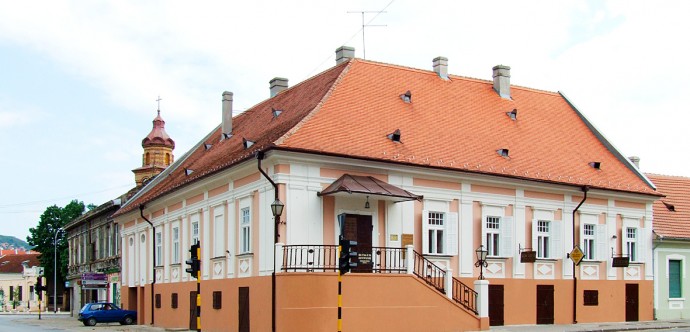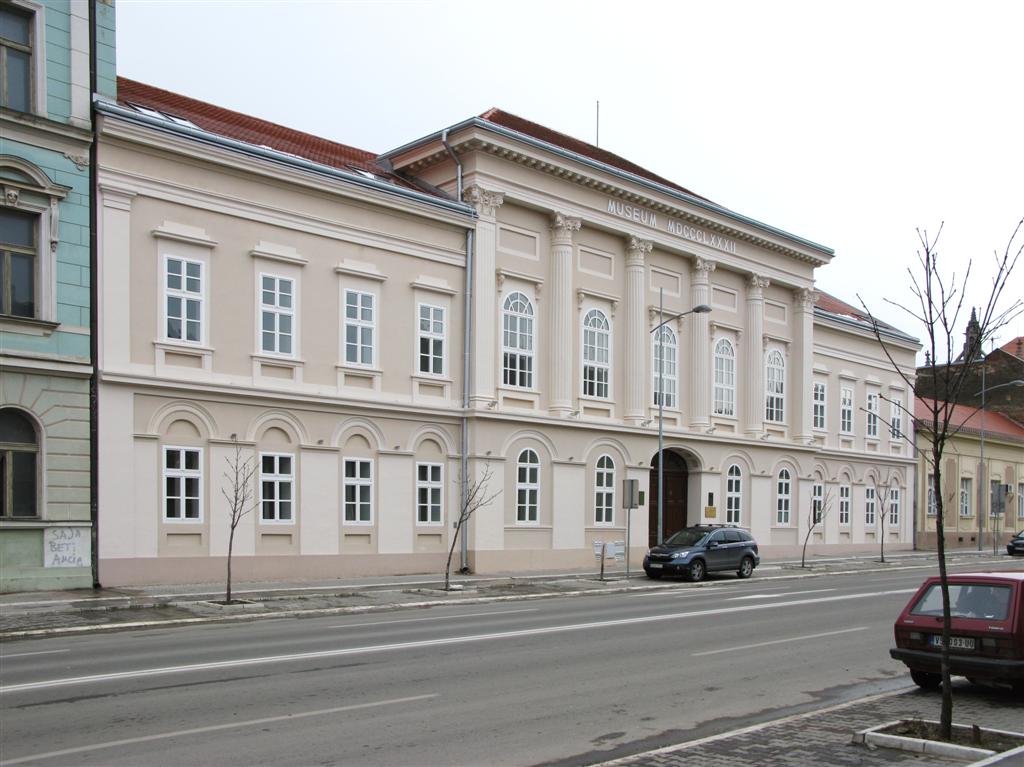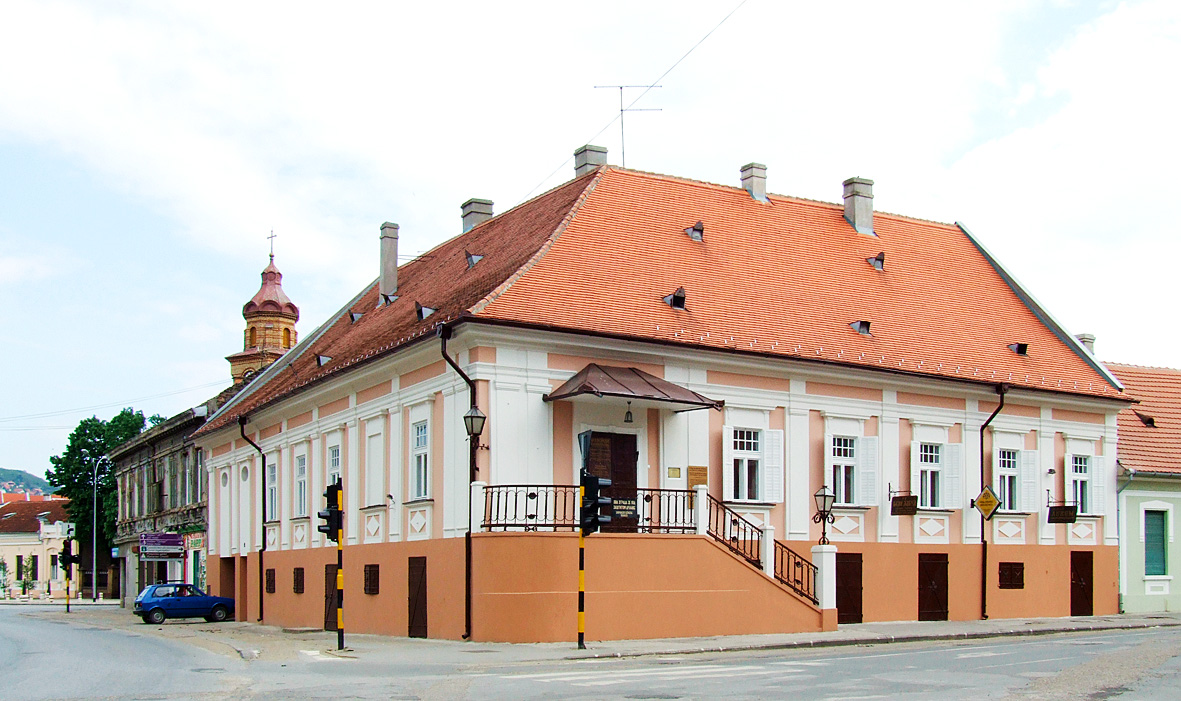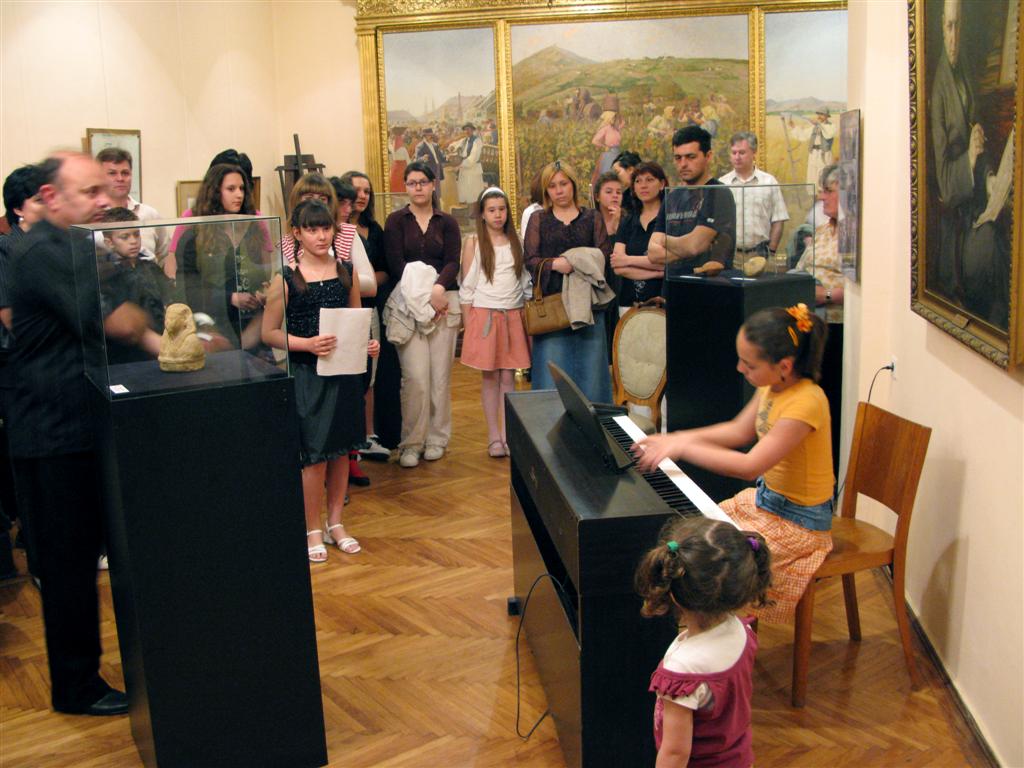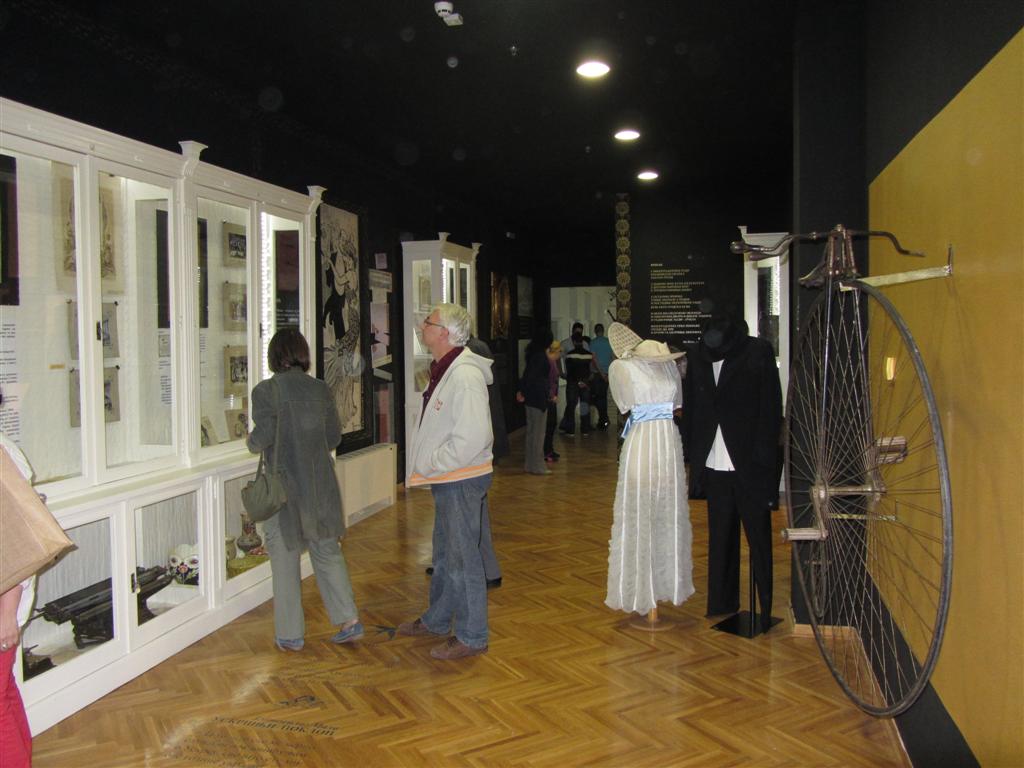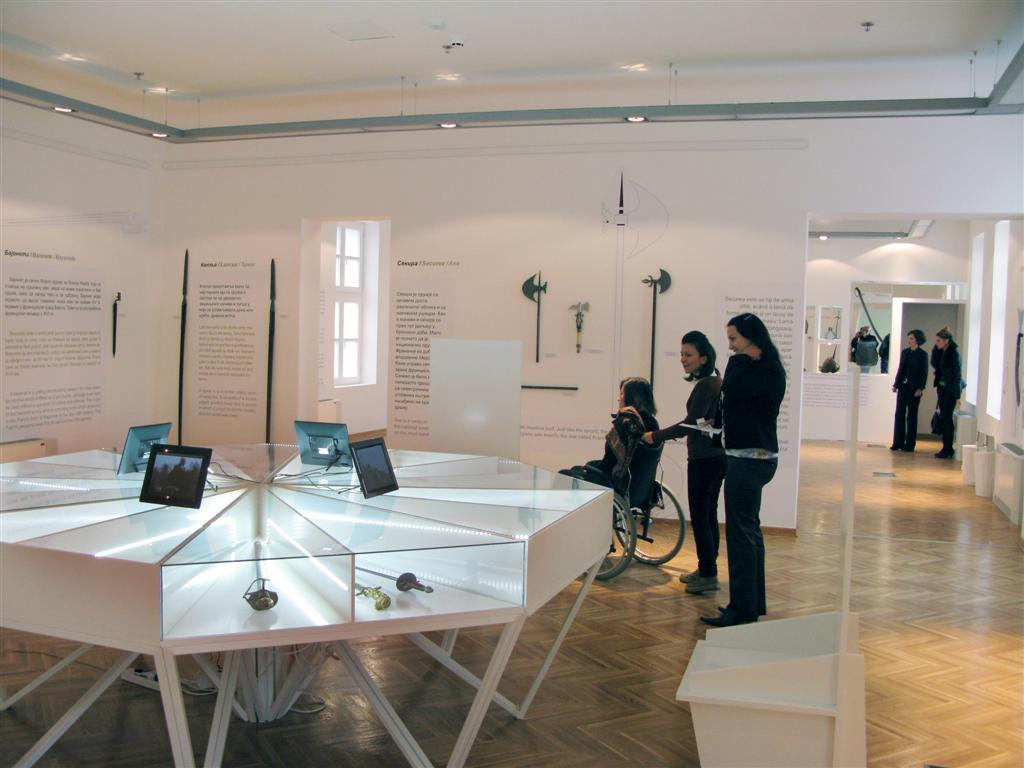The City Museum of Vršac is a complex- type regional museum boasting the departments of archaeology, history, numismatics, ethnology, arts, and natural history, in addition to an easel painting conservation and restoration studio and a pottery conservation workshop.
In 1882, at the proposal of Julius Frisch, the city authorities of the Vršac municipality passed a decision on the foundation of a museum. The inducement came from the discovery of a large storage in Veliki rit near Vršac, where Roman coins minted during the reign of Emperor Constantine (324 – 337) in the fourth century were found. A valuable contribution to enrichment of museum collections was made by Felix Milleker (1858 – 1942), the first and long-serving museum curator, who conducted field research, procured artifacts from collectors and donated them to the Museum.
Today, given the number of artifacts and the date of foundation, the Museum is ranked among the first five museum institutions in Serbia. The Museum includes the following buildings:
Concordia –museum premises with the Banat Regional Centre of Cultural Heritage Protection, which were reconstructed in 2012 thanks to funding by EU from IPA funds and the Municipality of Vršac. The main purpose is to host permanent museum exhibitions to be set up in phases. The current exhibition is Cold Weapons from the Museum Collection and the Vršac Chronicles (historical, cultural, educational, sport and economic development of the city) from 18, 19 and early 20 centuries. The natural history collection – Birds and Mammals from the region of southeast Banat is in the preparation phase.
Pharmacy on stairs enjoys the status of a cultural monument of paramount importance. The first pharmacy in Vršac was housed in this building designed in the classicist style. The building is associated with the famous Vršac family of the photographer Stevan Jovanović, the father of the renowned painter Paja Jovanović (1859 – 1957). In the seventies of 20 century, the building was given to the City Museum. Today it stages the following exhibitions: In memory of Paja Jovanović, History of Health Culture, Medals from the Museum Collection, and an archaeological exhibition From Prehistory the Middle Ages.
The Building at 19 Felix Milleker Street provides storage space for rich museum material and accommodates conservation workshops.

